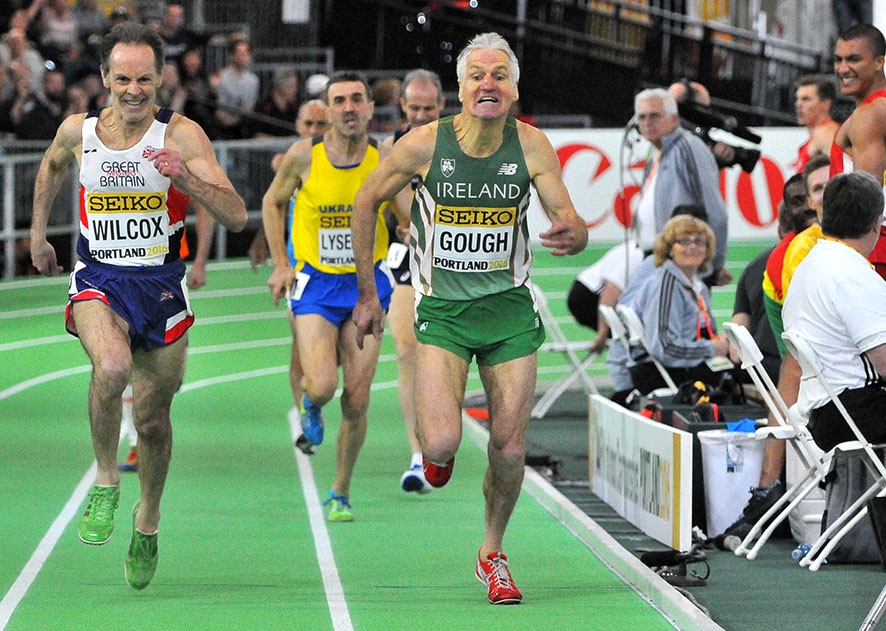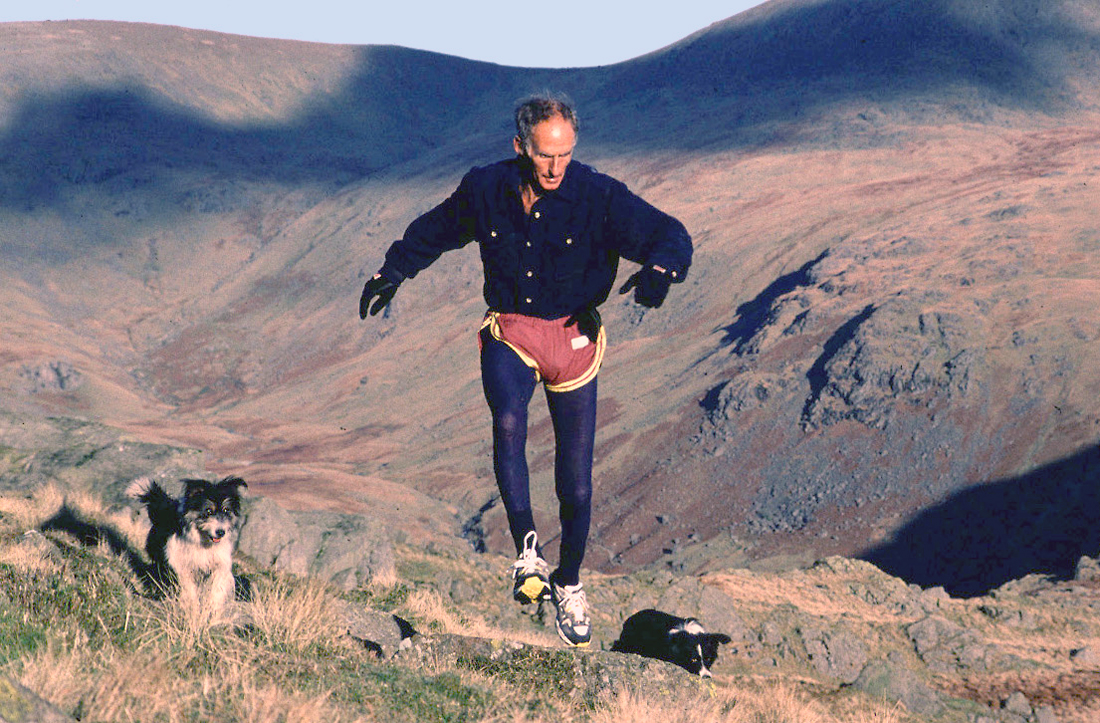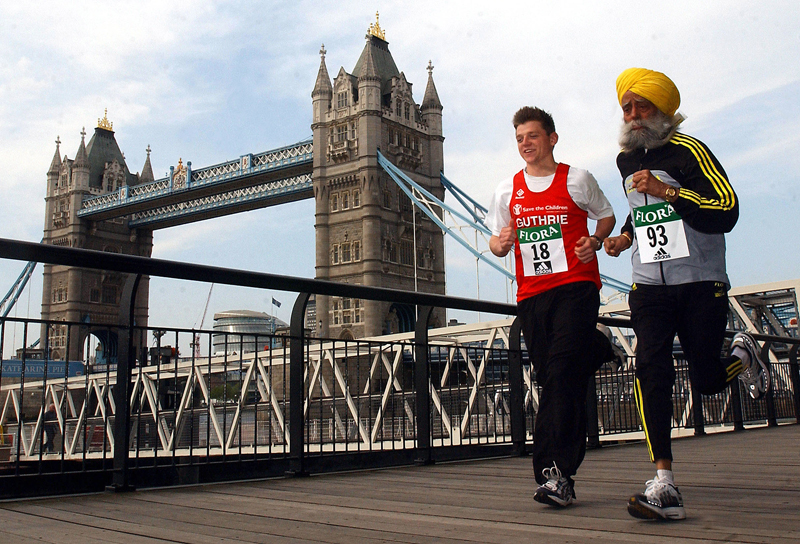Power versus endurance: What goes first in the ageing stakes?
The researchers compared age-related changes in athletic performance, as reflected in world records for stationary rowing and power-lifting, to test the theory that ageing affects activities requiring short bursts of muscle power more than those based on endurance.
World-record performance data were plotted for each event across the age groups, from under-12 to 80-89 for one-hour stationary rowing, and from 20-35 to 80-plus for Olympic power-lifting. Heavyweight and lightweight-class world records were plotted for men and women in each age group.
Key findings were as follows:
- In the heavyweight-class men’s rowing event, performance rises rapidly and peaks in the third decade. From age 25 to 85 performance decreases by 29%, with a gradual decline of just 4% from 25 to 55 and a more rapid decline thereafter of 0.83% per year. These values indicate a strong relation between performance and age for the entire age range, with the curve for lightweight-class men’s records following a similar trend but at 0-6% lower performance;
- Data for women in the same age groups show similar trends but at a lower level. Notably, however, whereas men’s performance peaks in the third decade, women’s peaks in the fourth decade. From age 35-55 there is a gradual (5%) decline in rowing performance, after which it declines more rapidly by 0.80% per year;
- For power-lifting, men’s records show a performance peak in the third decade, rapidly decreasing by 3% per year until age 37 and then steadily declining by 0.9% per year from age 37.5 to age 85;
- Women’s power-lifting performance also peaks in the third decade, rapidly decreasing by 3.4% per year until age 37.5 and then steadily decreasing by 1.2% per year until age 52.
The findings also indicate, they add, that there is ‘an inherent loss of ability to produce powerful muscle contractions with increasing age, despite persistent training and otherwise good health. In other words, the effectiveness of training for development and maintenance of muscle strength decreases progressively with age’.
Although the biological mechanisms underlying this effect remain to be clarified, the researchers speculate that preferential loss of fast-twitch muscle fibre function with age – as reported in previous studies – may play a role.
From their particular viewpoint as orthopaedic surgeons and rehabilitation specialists, they suggest that some form of regular resistance training should be advocated for orthopaedic patients over 30 in an attempt to offset age-associated strength loss.
Am J Orthop 2002 Feb;31(2):93-98
You need to be logged in to continue reading.
Please register for limited access or take a 30-day risk-free trial of Sports Performance Bulletin to experience the full benefits of a subscription. TAKE A RISK-FREE TRIAL
TAKE A RISK-FREE TRIAL
Newsletter Sign Up
Testimonials
Dr. Alexandra Fandetti-Robin, Back & Body Chiropractic
Elspeth Cowell MSCh DpodM SRCh HCPC reg
William Hunter, Nuffield Health
Newsletter Sign Up
Coaches Testimonials
Dr. Alexandra Fandetti-Robin, Back & Body Chiropractic
Elspeth Cowell MSCh DpodM SRCh HCPC reg
William Hunter, Nuffield Health
Keep up with latest sports science research and apply it to maximize performance
Today you have the chance to join a group of athletes, and sports coaches/trainers who all have something special in common...
They use the latest research to improve performance for themselves and their clients - both athletes and sports teams - with help from global specialists in the fields of sports science, sports medicine and sports psychology.
They do this by reading Sports Performance Bulletin, an easy-to-digest but serious-minded journal dedicated to high performance sports. SPB offers a wealth of information and insight into the latest research, in an easily-accessible and understood format, along with a wealth of practical recommendations.
*includes 3 coaching manuals
Get Inspired
All the latest techniques and approaches
Sports Performance Bulletin helps dedicated endurance athletes improve their performance. Sense-checking the latest sports science research, and sourcing evidence and case studies to support findings, Sports Performance Bulletin turns proven insights into easily digestible practical advice. Supporting athletes, coaches and professionals who wish to ensure their guidance and programmes are kept right up to date and based on credible science.










